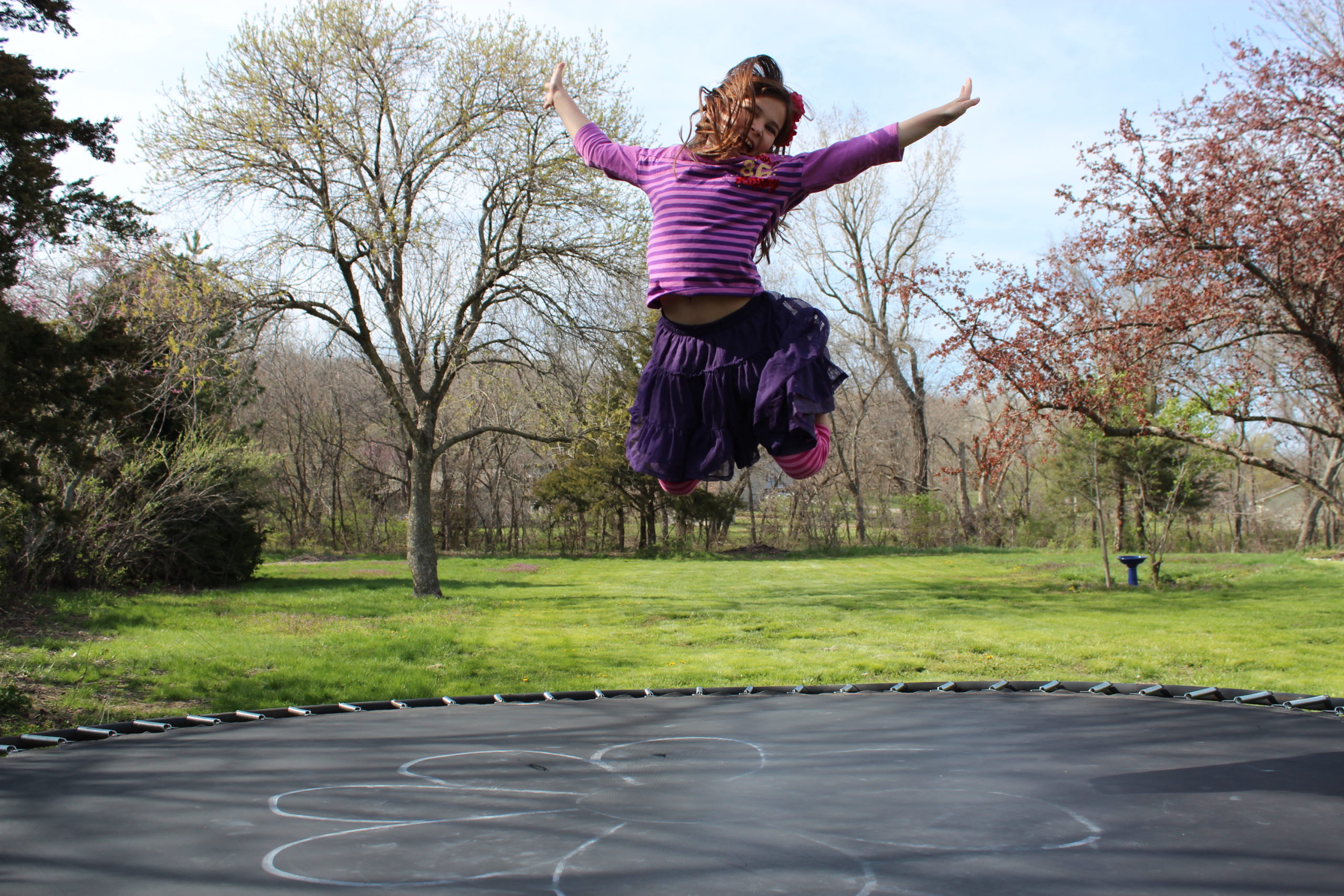Physical Activities to get Kids Moving

In this audio-cast, Jenny explains why reducing screen time is important for children with autism and SPD. She offers practical and effective strategies that teachers, parents and therapists can use to “get kids moving!”
If your child is autistic, on the spectrum, or has been identified with sensory processing disorder, there are many more options to explore at JennyLClark.com
Jenny offers presentations, webinars and workshops for teachers, occupational therapists, speech therapists, and physical therapists. If you are planning a conference and you are looking for a speaker on SPD, please contact Jenny today.
Health-related problems in children is on the rise, such as childhood obesity, anxiety, depression, and developmental disorders like Autism and Attention Deficit Disorder.
Increased time spent with electronic media results in a more sedentary lifestyle, and less time engaging in physical activity. Research shows that too much screen time correlates with decreased developmental milestones including lower fine motor skills and affects language and literacy development. Evidence shows that children who engage in physical activity have better attention, memory, academic performance, and psychosocial functioning.
The solution – get kids unplugged and moving!
I’d like to share with you some physical activity ideas for children for both outdoor and indoor play.
Outdoor play is best. Studies show that kids who play outside are happier, more focused and less anxious. Outdoor play stimulates social interactions, improves problem solving and enhances creativity. Studies show that just 5 minutes of walking in nature improves mood, self-esteem, creative thinking, builds stronger bones, and improves cardiovascular functioning.
Here are a few outdoor activities to get kids moving:
- Play in a local park. Visit a State Park or a National Park. The National Parks have a Jr Park Ranger program.
- Take a dog on a walk or to a dog park
- Play a sport with a friend like kicking a soccer ball, throwing a baseball or a football
- Take a hike on a trail. Explore the wonders of nature.
- Ride a bike. For children who are still using training wheels, remove the training wheels, take the pedals off, and lower the seat so that the child’s feet touch the ground. This is a great way to teach kids how to balance on a bike
- Go to the Zoo.
- Visit a botanical garden.
- Try Geocaching, a modern-day treasure hunting activity. For more details, go to www.geocaching.com
- Create your own garden. Container gardens are great for planting flowers or herbs. Perhaps your hometown has a community garden kids can get involved in.
For those days when weather keeps you inside here are some fun activities:
- Yoga for kids. If you are not familiar with yoga, try reading a children’s book with illustrations and instructions on yoga poses for kids. A great resource for this is www.kidsyogastories.com .
- My book entitled: Learn to Move, Move to Learn has theme-based activities from A to Z. If you are interested in getting a copy, there is a link on my website to the publisher, or you can order it from Amazon. Feel free to email me to request a free lesson plan. Here some example kids can do right away:
- The Theme is Pets.
- Pretend to be a cat or a puppy dog performing tricks. Use a mat and practice log rolling both directions, then knee walk (begging), then crawl forward. Older kids can practice forward and backward tumbling.
- Explain that dogs love to tug on a rope. A dog uses its teeth, but the children will use their hands. Face each other and play tug of war with a jump rope. For older kids practice jump rope games.
- Create a small pet house from a cardboard box and place a stuffed cat and dog or a photo of a cat and dog inside. Get real cat treats and dog bones or make pretend treats and bones from construction paper. Carry the treats across a balance beam (or 6’ masking tape placed on the floor) to the cardboard box “pet house”. Pretend to give the pet a treat. Repeat several times. For older kids, walk heel to toe on the balance beam or masking tape.
- Pretend to play fetch and throw a ball back and forth. This develops eye-hand coordination.
